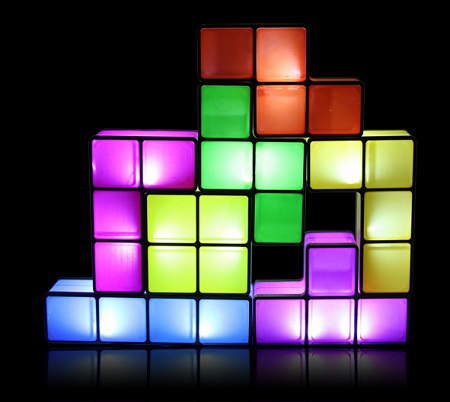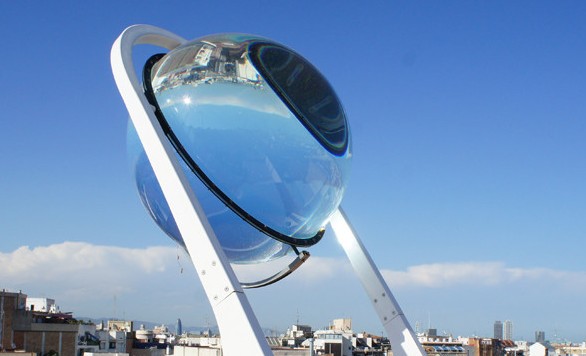Research carried out by a team at McGill University in Montreal, Canada has deemed Tetris a suitable cure for “amblyopia”, otherwise known as the lazy eye.
Many people across the world face harsh medical conditions, diseases with no cure, with symptoms that they can’t shake and research that suggests that there is no remedy for their ailments altogether. That they have to live with these things is unfortunate, but one set of sufferers, specifically 3% of the population, will no longer have to put up with one particular ailment – amblyopia, otherwise known as the lazy eye, as a team of researchers in Canada have found just the solution.
Amblyopia is a problem with eyesight caused when one eye becomes stronger than the other. How this happens is that the brain incorrectly processes the eyesight functions, leaving one eye much more dominant and forcing it to suppress the function of the other, weaker or ‘lazy’ eye.
In children, for none too severe cases, amblyopia is very treatable, and can even be cured by a method of covering the stronger eye in order to force the lazy eye to “kick it up a gear” and begin to work the way it should. With a prescription of eyeglasses and medical monitoring, it’s entirely likely that the lazy eye can be cured before the child reaches adulthood. However, for adults who suffer from amblyopia, it’s incredibly unlikely that anything other than “dealing with it” will help.
Now, a team of researchers at Montreal’s McGill University have concluded that actually, amblyopia in adults can be cured with an unlikely dose of treatment – Tetris. Because of the way that Tetris works – in that players must follow differently shaped blocks across a screen in order to fit them together and clear the level – the player’s eyes are forced to work together, meaning that in those with amblyopia, the weaker eye is obliged to work just as hard as the stronger one, in the name of fun.
How the researchers tested their theory is that 18 people with the condition played the game, with 9 of them playing with their stronger eye covered, with the other 9 participants playing with the use of mounted head gear that had one eye only being able to see the grounded objects and the other only being able to see the falling shapes. After a week, the team concluded that in the headset wearing group there had been a vast improvement in the performance of the lesser functioning eye, meaning that actually, their eyesight had greatly improved. In those who had been wearing a patch, their lazy eyes showed moderate improvements (though these improvements greatly increased once they played with the patch removed) and all with the help of a simple block matching game that most play for enjoyment.
The team from McGill say that they have plans to roll out a clinical trial to children in North America too to see if hopefully, that that three percent of the population can be decreased to no percent at all.
Source : cnet
Read more on walyou, 18 Most Memorable Video Game Noises, Amazing Cake With 5 Classic Games Depicted In It











